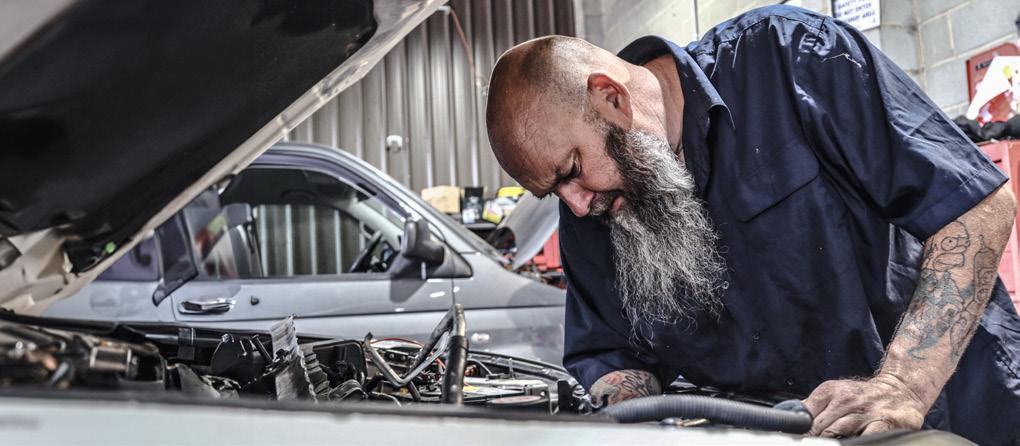
3 minute read
How your workplace culture impacts your customers
Customer service expert Chris Smoje shares his advice for diagnosing and fixing a culture that’s turning customers off.
Could your workshop’s culture be costing you customers? Problems with culture might seem like an internal issue, but they can quickly affect your most important external relationships— with your customers and suppliers.
Perth-based customer service expert Chris Smoje, author of All-In Culture: Lead Your People to be of Service, said the things going on inside an organisation can quickly detract from what should be the big goal: solving problems for customers.
“Any business should be very aware of keeping the internal workings of an organisation as private as possible,” he said. “Customers don’t really need to know the organisation structure, who reports to whom, how clunky the IT system is, etc."
“But hiding culture is much more difficult.”
Internal politics, or a culture of bickering and blame, “has a way of finding its way out”, Chris said.
“Say a part hasn’t been ordered for a car but the parts team don’t get along with the service team and they choose not to communicate it. Then the service team book the car in, the customer drops the car off, only to be told later that the car can’t be serviced because there are no parts. In this example, the customer doesn’t learn of the ‘dysfunction’ between departments, they just have a negative experience because the culture found a way to leak out.”
When culture is positive, it will achieve the opposite of this example.
“The frictionless, easy experience then makes customers want to continually do business with the organisation,” Chris said.
“The other benefit of a positive culture is that it also makes the organisation attractive to work for and therefore there’s less turnover of employees.”
Chris said workshop owners wanting to diagnose their culture and the impact it’s having on customers should start by looking at what’s not being done right for customers the first time (perhaps causing a delay, a return or a complaint).
“Was it because of a breakdown of internal communication, teamwork, or an internal process or practice getting in the way of serving customers?” Chris said.
To improve the situation, Chris said workshop owners should consider these six points:
Do you actively think about hiring service-focused staff?
Is customer service training provided?
Are there frequent conversations about customers and service during meetings and briefings?
Are good service behaviours/moments publicly recognised?
Is customer feedback regularly monitored?
Do internal processes always consider the impact something has on the external customer?
“Too often organisations only pay attention to the easy metrics like Google reviews, which are lagging indicators to begin with but at the end of the day they are only a number that doesn’t often provide any further clues on what can be done to improve,” Chris said.
The good news is, you’re not stuck with a poor culture. Chris said it’s absolutely possible to turn things around.
“It’s not one of those things that gets fixed with a two-hour workshop and a big declaration by the boss,” he said. “Often some sort of help is needed to help navigate the organisation into the right direction. But most importantly it must come with a willingness to change and with strong accountability—plus a commitment to it in the long term.”
He recommends starting by asking the questions listed in this article and looking at the internal processes, policies and other complexities that might be compounding problems and getting in the way of good customer service.








